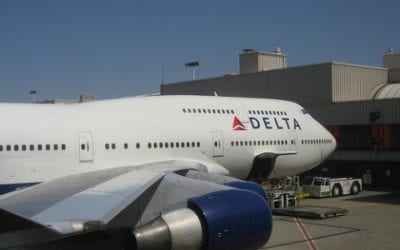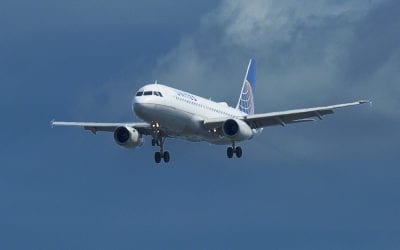First Pittsburgh, Cincinnati, then Memphis, now Cleveland; airline hubs are being cut.
The reason for the cuts? When Delta merged with Northwest, they didn’t need as many hubs as the two carriers had separately. Detroit, Minneapolis and Atlanta survived. Cincinnati and Memphis didn’t. Now, after scores of promises, Cleveland bites the dust.
I still remember a trip to Cincinnati with my son over a decade ago. Delta dominated the airport, with hundreds of flights every day and the TSA security line in their terminal, which took over an hour, still ranks as the longest I’ve waited in, ever.
My, how things have changed. Travel to Cincinnati today — not only have all the airlines merged into one terminal, but the lines are usually trivial. The number of flights have been cut drastically. For example, the three daily flights from San Francisco to Cincinnati have been cut to one during the summer, and none in the fall-winter.
A side note about the hub system. Hub cities aren’t necessarily those with the biggest populations; they are airports that airlines use as connecting points to get passengers between other cities. With a hub system, a carrier, in theory, can offer reasonably seamless service to a lot more destinations than with only non-stop flights. “In theory” is the operative phrase, as passengers discover on a regular basis due to weather and other delays.
Hub airports have the advantage of a lot of non-stop flights, although the disadvantage can be higher air fares if one carrier dominates, in what is known as a “fortress hub.”
As part of the approval process when United merged with Continental, the merge airlines promised not to cut flights for two years at Cleveland. The merger was complete in March 2012. Now, this coming June, two months past that two year commitment, United will cut their daily departures from the airport by more than half — from about 165 to 72 “peak-day” departures (meaning even less flights during slow periods).
While this news is making Clevelanders unhappy, it’s also has to be worrisome for residents of US Airways hub cities Philadelphia, Charlotte and perhaps even Phoenix. American Airlines has not said anything about closing hubs, but St. Louis travelers who remember the TWA days know that the American takeover meant losing first their hub status, then most of their remaining flights.
American’s hubs are currently Dallas/Fort Worth, Miami, Los Angeles, JFK and Chicago. And while they might not get rid of all US Airways hubs, it’s hard to imagine the new airline will need nine of them. (US Airways’ other hub is Washington’s National Airport, where slots are highly coveted; other carriers will no doubt take over as many flights as possible.)
Now, in this case, the new American Airlines agreed as a condition of the merger to maintain the existing US Airways hubs in Charlotte, Philadelphia and Phoenix for a period of at least three years. But beyond 2017? To me, the only question is which American closes first.
Janice Hough is a California-based travel agent a travel blogger and a part-time comedy writer. A frequent flier herself, she’s been doing battle with airlines, hotels, and other travel companies for over three decades. Besides writing for Travelers United, Janice has a humor blog at Leftcoastsportsbabe.com (Warning, the political and sports humor therein does not represent the views of anyone but herself.)




